Posted: 11 August 2025
Once you have chosen a brick from our fantastic brick selector the next stage is to choose the brick bond you require.
What Are Brick Bonds? A Guide to UK Brickwork Patterns
Brick bonds are the term given to the patterns in which brickwork is laid to create walls and structures. giving the façade both strength and an aesthetic appeal.
These patterns are not just for visual appeal—they directly impact the strength, stability, and longevity of the wall. The arrangement of bricks determines how loads and forces are distributed, reducing weak points and ensuring durability for decades or even centuries.
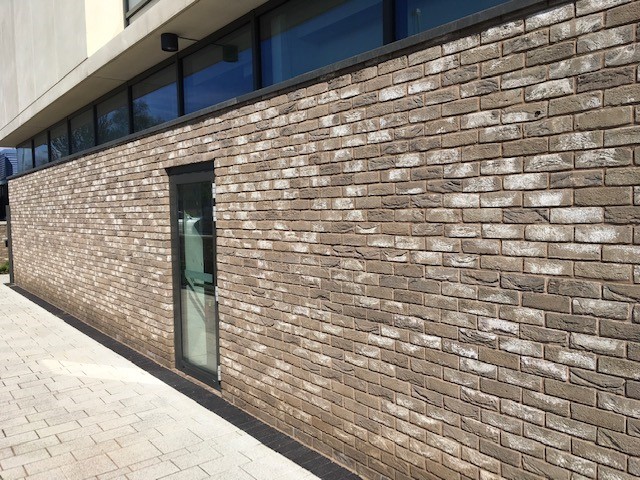
Brick Type: Arte
Types of Brick Bonds in the UK
In UK construction, brick bonds are an integral part of architectural design, blending functionality and aesthetics. From classic heritage patterns to sleek modern designs, the choice of bond can transform a structure’s appearance and performance.
Stretcher Bond
The Stretcher Bond is the simplest and most common bond in modern UK construction. In this design bricks are laid in each row as stretchers, with the vertical joints staggered halfway over the bricks below.
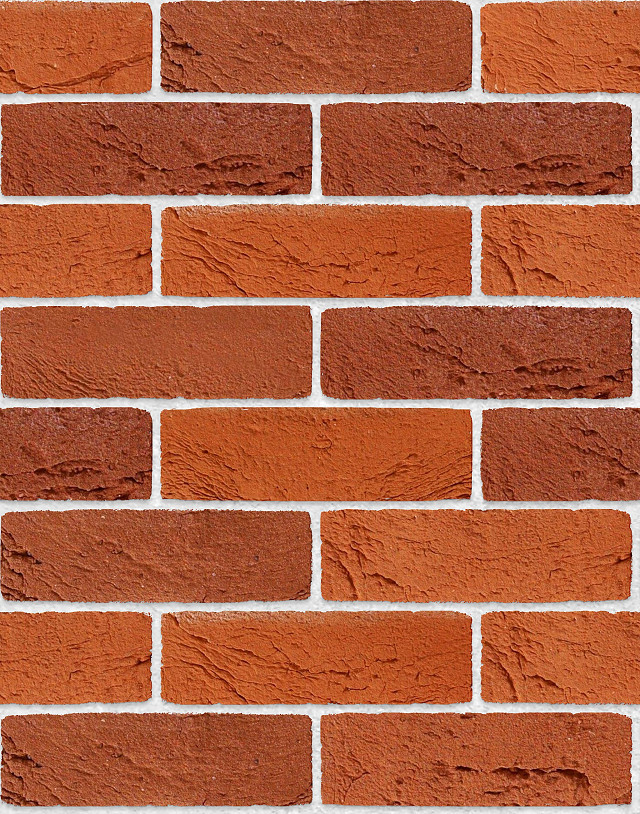
Advantages of the Stretcher Bond:
Quick and easy to lay, even for beginners.
Requires minimal brick cutting, reducing both time and waste.
Cost-effective in terms of labour and materials.
Disadvantages of the Stretcher Bond:
Not as structurally strong as bonds with alternating headers and stretchers
This bond usually requires a supporting cavity wall for structures.
Common Uses:
Exterior walls of cavity wall constructions.
Garden walls where load-bearing capacity is not critical.
English Brick Bond
The English Brick bond is one of the oldest, strongest and most traditional brickwork patterns used in the UK having been used in construction projects in the UK dating back centuries. In English bond, each brick course alternates between stretchers and headers so if you look at a wall from side on you will see one low of long bricks (Stretchers) and one row of short bricks (Headers).
The vertical joints between bricks in one course are always centred over the bricks in the course below, which gives excellent strength and stability.
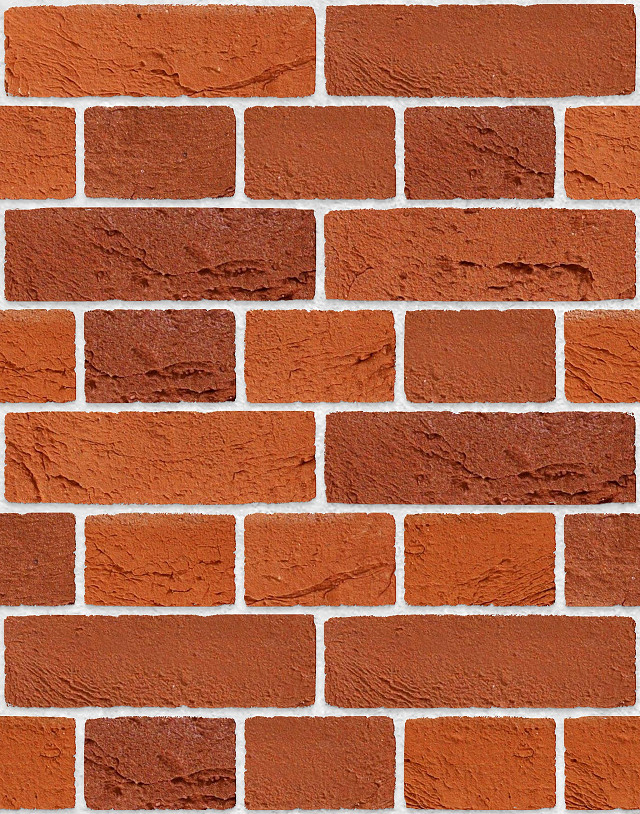
Advantages of the English Brick Bond:
The English Brick Bond is considered the strongest of all the common brick bonds in the UK, due to the formation that the bricks are laid.
The alternating pattern of long and short bricks creates a bold, sturdy look, often associated with historic buildings and older industrial architecture in the UK.
Disadvantages of the English Brick Bond:
The English Brick Bond is more time-consuming to lay than stretcher bond because it involves more cutting and careful alignment,
Common Uses:
Traditional houses and restoration projects.
Boundary walls.
Public and industrial buildings, requiring extra strength.
Header Brick Bond
In the Header Bond, all bricks are laid as headers, with each header centred over the one below. This pattern creates a wall that is strong but requires more bricks per square metre.
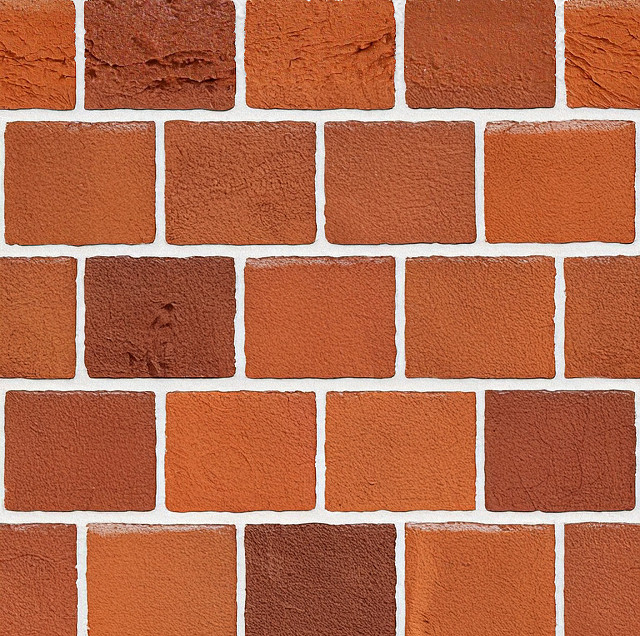
Advantages of the Header Brick Bond:
Exceptional strength and durability.
Ideal for thick, solid walls.
Disadvantages of the Header Brick Bond:
Requires more bricks and mortar, increasing costs.
Visually repetitive, less decorative than other bonds.
Common Uses:
Curved structures where headers provide more flexibility.
High-strength retaining walls.
This bond is rarely used for entire façades today due to cost, but it remains popular for specialist applications.
Stack Brick Bond
Stack bond brickwork is a pattern in which bricks are laid directly on top of each other, with all the vertical joints aligned in perfectly straight lines. This arrangement creates a neat, grid-like appearance that sharply differs from traditional brick bonds, which stagger joints for strength.
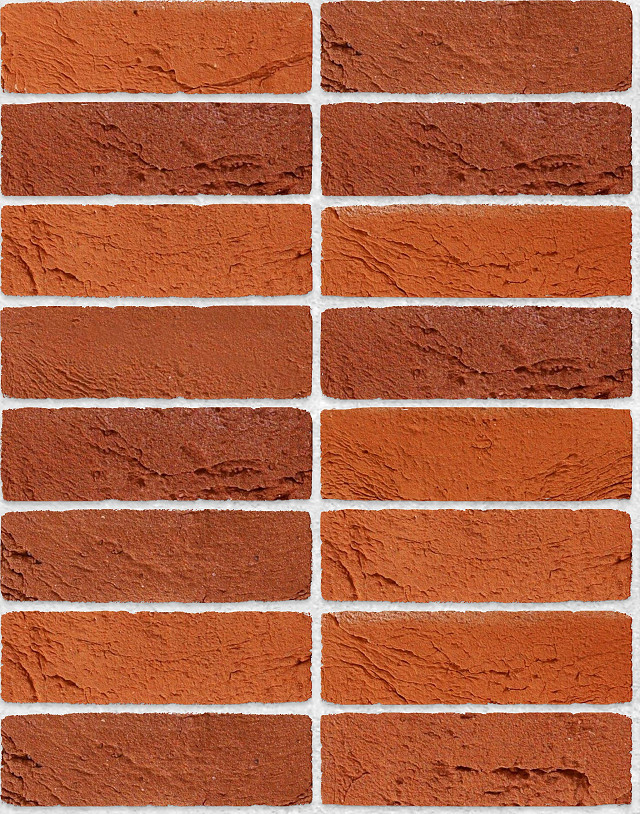
Advantages of the Stack Brick Bond:
Stack bond offers unmatched visual precision, making it ideal for modern projects. Whether you’re going for a minimalist white-brick kitchen wall or a bold red-brick façade, the grid layout delivers a crisp, architectural finish.
If your wall is purely decorative—say, a feature wall or an interior partition—stack bond is an excellent choice. It’s quick to lay, visually impactful, and allows for creative combinations with other materials.
Disadvantages of the Stack Brick Bond:
Stack bond’s biggest weakness is just that—weakness. Without staggered joints, it can’t handle the same loads as other bonds. This is why it’s rarely used for main structural walls in houses.
With Stack Bond's there is a higher risk of cracking, continuous vertical joints create natural fault lines where cracks can develop, especially under vibration, movement, or heavy loads.
Common Uses:
Feature Walls.
New modern design houses.
Flemish Brick Bond
The Flemish Bond was introduced into the UK in the late 17th century. British builders adopted the technique not only for its visual appeal but also for its versatility in different types of buildings—from stately homes to modest terraces. The defining feature of Flemish Bond is the alternating header and stretcher in every course. Each header is centred over the stretcher below, and vertical joints are staggered in a consistent, symmetrical pattern.
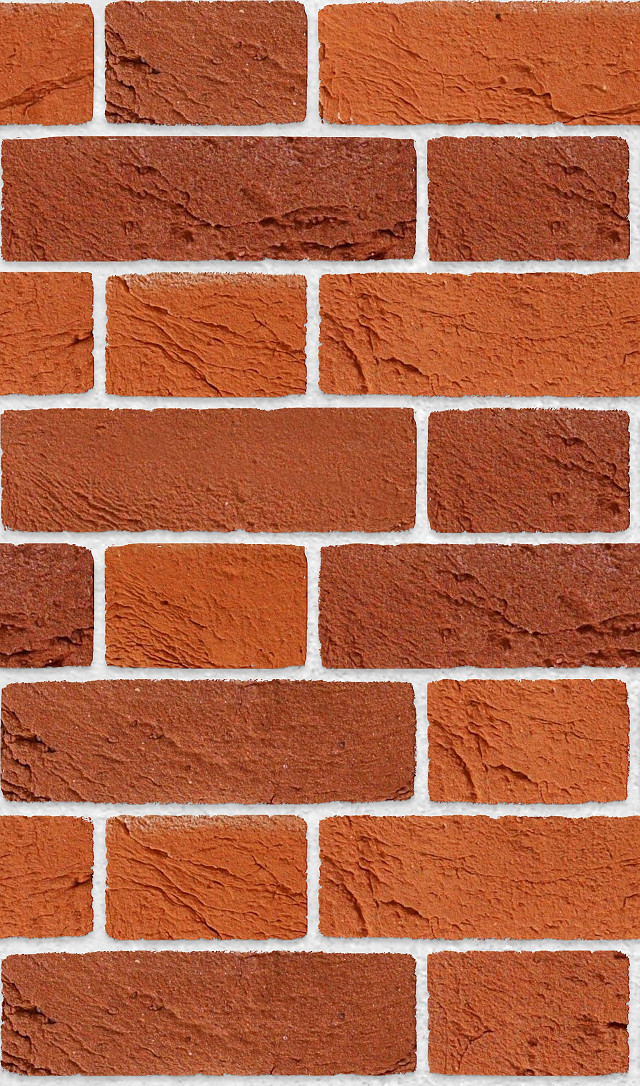
Advantages of the Flemish Brick Bond:
While Flemish Bond is slightly less strong than English Bond, it still provides good stability, especially for walls that are one brick thick. The headers tie the outer and inner parts of the wall together, helping distribute loads more evenly than a simple stretcher bond.
Flemish Bond is often chosen for its beauty. It creates an elegant, rhythmic pattern that can be enhanced by contrasting colours and incorporating cast stone for detailing around windows and doors.
Disadvantages of the English Brick Bond:
The English Brick Bond is more time-consuming to lay than stretcher bond because it involves more cutting and careful alignment,
Common Uses:
From prestigious urban terraces to rural garden walls, Flemish Bond suits a wide range of settings. It works equally well in new builds aiming for a traditional look and in restoration projects requiring authenticity.
Other types of Brick Bonds:
While the above covers the majority of common brick bonds used in the UK there are a number of less common bonds seen in construction projects:
Wild Bond - where the bricks are laid in a random formation
English Garden Wall - A variation of the English bond that we mentioned earlier in the blog, which features three rows of stretchers followed by one row of headers. This method has less strength than the English bond and is traditionally used in garden walls and non-load baring structures.
Flemish Garden Wall - This is a lighter, less structurally strong variant used mainly for garden walls. It follows the Flemish pattern but with more stretchers between headers, reducing the number of headers and thus saving materials.
Brick Type: Wensum Red Blend
Brick Bond Examples.
Traditional Brick & Stone are proud to have supplied many different projects where the above brick bonds have been used to produce stunning buildings in the UK, these can be seen on both our brick selector and our selection of case studies on our website.
Conclusion:
Brick bonds are far more than just patterns in a wall—they are the backbone of brickwork, influencing both the strength and appearance of a structure. Whether it’s the solid reliability of English Bond, the elegant checkerboard of Flemish Bond, the simple efficiency of Stretcher Bond, or the modern minimalism of Stack Bond, each has its own role, advantages, and ideal applications.
In the UK, brick bonds carry a deep architectural heritage. They tell the story of centuries of craftsmanship, regional traditions, and evolving construction methods. Choosing the right bond is not just a technical decision—it’s an artistic one. It shapes how a building will look, how it will age, and how well it will stand against time and weather.
A well-chosen bond, laid with skill and care, can transform a plain wall into a feature that commands attention. It can tie together the past and the present, giving a home or public space both structural integrity and timeless beauty.
In short, brick bonds combine engineering and artistry—and when builders do them right, they ensure a wall not only lasts but also commands admiration.
You may also like...